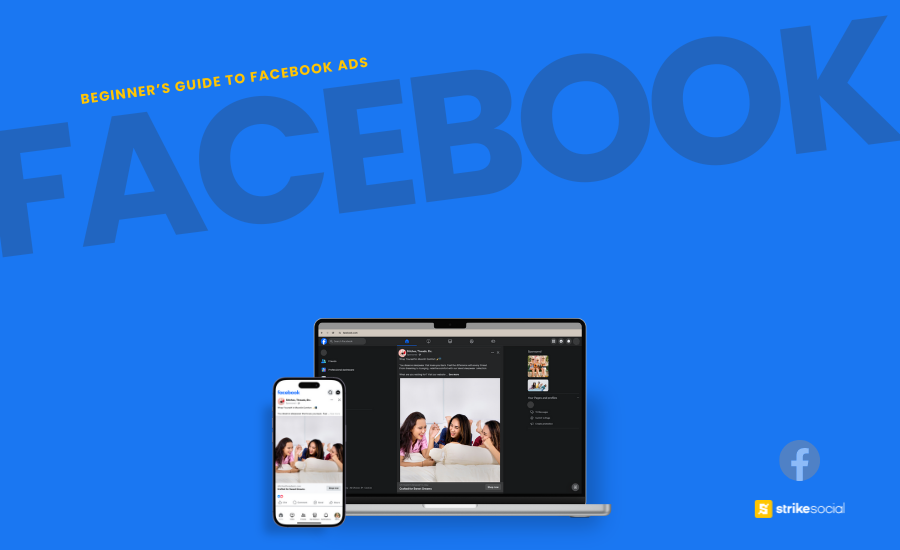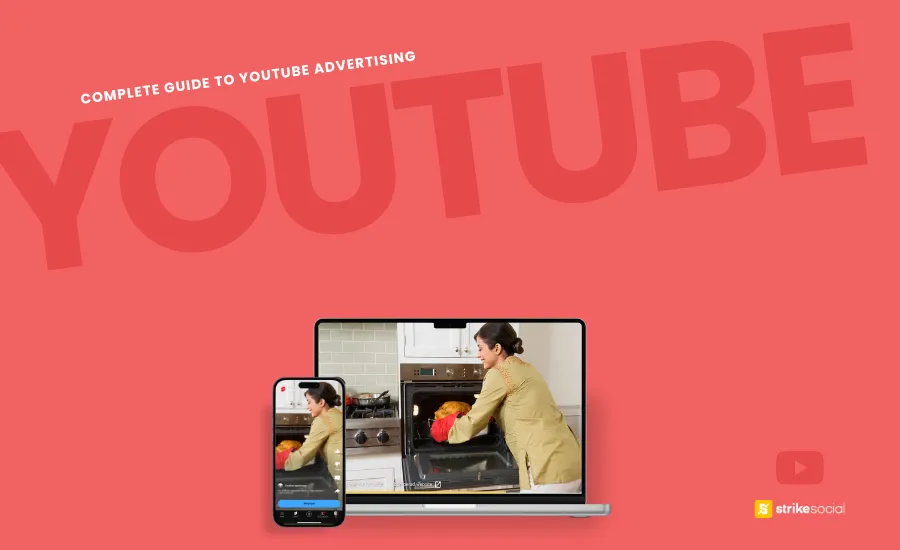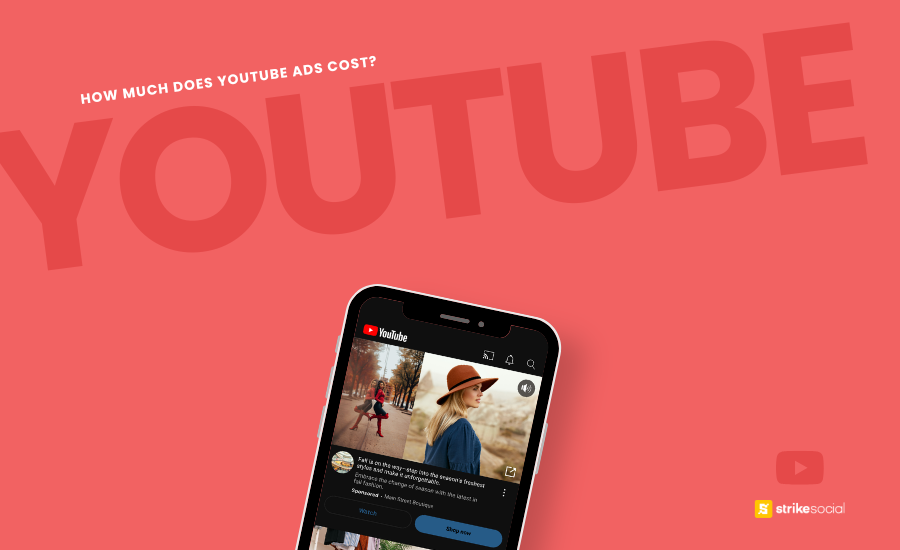Every social media platform brings something different to the table. This means that not only the structure of your campaigns will be different for each platform, but also the billing options and the advertising costs.
But how does it all come together? We’ve created several guides to help you navigate through the advertising costs of each social media platform. Choose your preferred platform below or keep reading to learn more about social media advertising costs.
Social media ad costs by platform
Understanding social media pricing
Each platform offers different billing options that vary according to your goals and the ad unit chosen for the campaign. The most common billing options are listed below:
Cost-per-click (CPC): A fairly common standard on social media platforms, CPC is a billing option in which you pay for an ad placement when the viewer clicks on the ad.
Cost-per-thousand impressions (CPM): You are billed for every 1,000 impressions of an ad.
Cost-per-view (CPV): You are charged every time someone views your ad (make sure to check how each social media platform counts views). Some platforms also consider interactions with an ad as a view (such as clicks on the call-to-action buttons, cards or banners).
Cost per action/conversion (CPA): You are charged when someone completes the action you specified when optimizing the ad. Actions can include downloading an app, signing up for an email newsletter or making a purchase directly from the ad.
Cost per like: Certain platforms also offer the option of paying for every follower gained through the ad campaign or like given to an ad, photo or page.
Social media bidding options
Another important element of social media advertising costs is the bidding option. There are two common options available on social:
Maximum bidding – Allows you to decide how much you’re willing to spend to achieve your campaign objectives.
Automatic bidding – Allows the platform to automatically set a bid for your campaign based on your objective and budget.
It is important to note that some platforms might offer specific billing options that fit their products. For example, Twitter has target bidding which is an option in which you can designate a target cost per link click. Snapchat has goal-based bidding, in which your bidding will be based on one of the three goals you want your ad to achieve — swipe ups, app installs and impressions.
Create a budget structure
The budget structure will vary across each platform, but advertisers generally have the option of a daily or lifetime (total) budget.
Daily budgets specify the limit you want to spend each day while a lifetime budget has you set the total amount you’re willing to pay for the duration of the ad campaign.
Setting a lifetime budget will automatically adjust your campaign to spend an average amount each day. Daily amounts and budgets are reset at midnight according to your time zone.
Some platforms require a daily minimum spend. So while you’re choosing the most you want to pay, it must meet the requirement (if specified) of the daily minimum for the specific platform you’re using.
How much will your social media ads cost?
So you’ve set up a budget and chosen a bidding option, but does that mean you’re actually spending all of that money? No, not necessarily and not if your campaign is optimized to save you money.
Your bid tells the platform of your choice how much you want to pay to reach the goal your ad is optimized for. The amount you actually pay is determined by the amount needed for you to beat a competitor and have your ad placed. Each platform will only charge you 1 cent higher than your competitor should you have the higher maximum bid. In general, the price you pay for social media ads is smaller than your maximum bid.
That being said, you don’t pay for the placement of your ad. You’re only actually charged when the user takes the action specified for your campaign (impression, click, like, etc.). The exception to this rule is Snapchat — the only billing event available is CPM regardless of your goal.
To put this all into perspective, let’s say you’re running a website traffic campaign on Facebook and your maximum CPC is $7.75. Your ad goes to auction with two other competitors whose bids are $5.00 and $6.50, respectively. Since you have the highest bid, your ad gets placed. You aren’t billed for the placement, however, you only get billed the winning $6.51 amount when someone actually clicks through to your website from your ad. Having an expert social media agency or partner can help you navigate this complex landscape, optimizing your campaigns to ensure you get the best results for your budget. With their expertise, you can achieve higher engagement rates and a better return on investment, making every dollar count.
Time to calculate the costs of your advertising campaign
Now that we’ve run through the basics, it’s time for you to discover the costs of your social campaign. Explore the guides we’ve created with the advertising costs for each platform and get into action.
Expand your expertise. Browse Strike Social’s blogs here:













